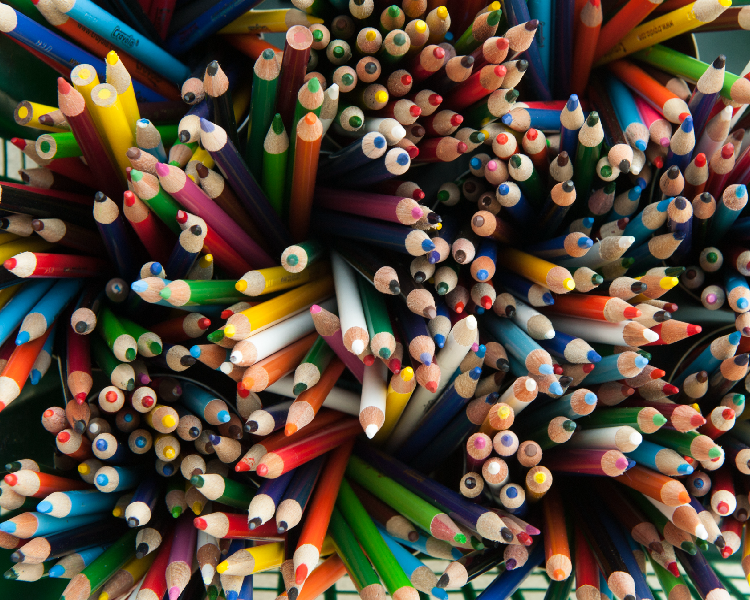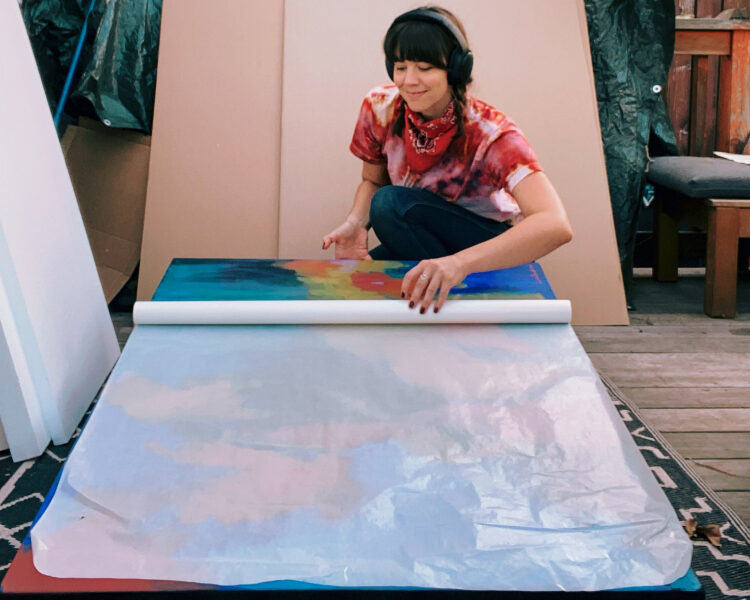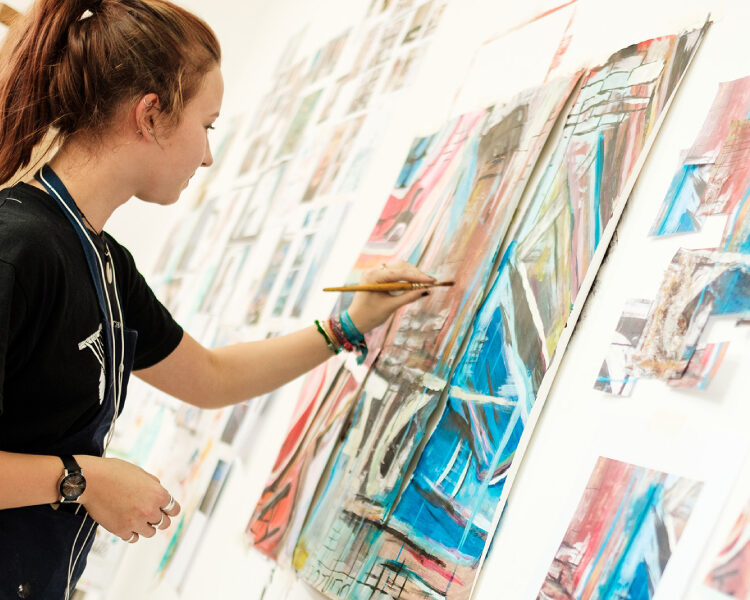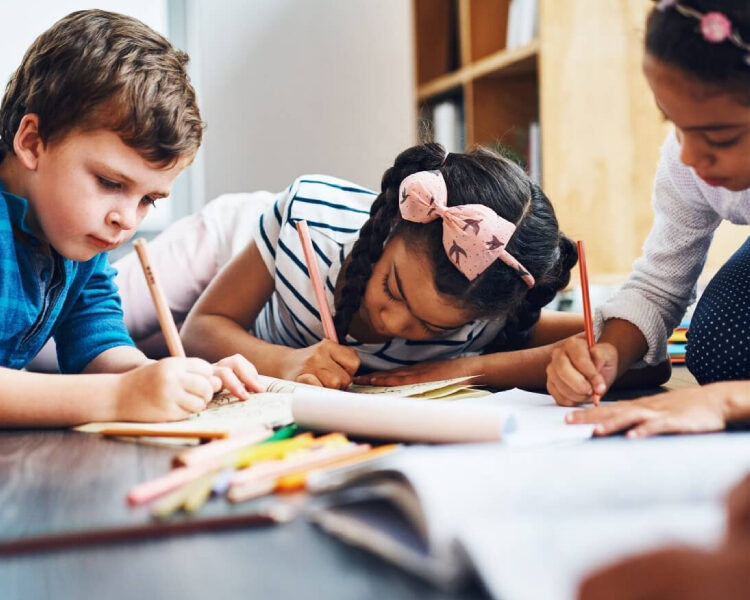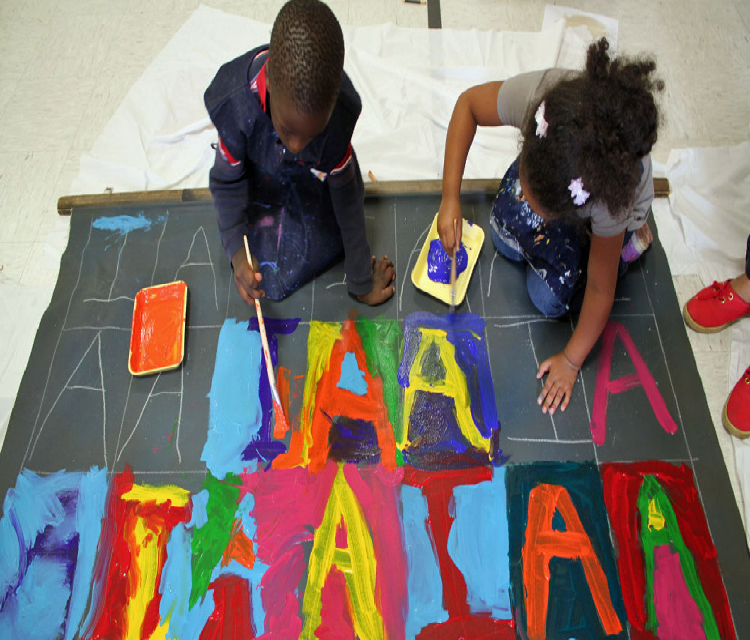
Why is it important for kids as part of their education to expose themselves to the arts?
The present tendency of schools to remove art training from their curricula has been recognized by us all.
Young folks no doubt enjoy the arts. Get your finger painted dirty and create a piece of art on your fridge. It’s fun to play a game. The arts allows young people to grow at several levels, other hand.
The arts provide a number of benefits to the development of children:
1. Uniqueness:
Arts help young people communicate more successfully than science or math, although this may be evident. Your youngster will be compelled to read a dialog six times at an art school, create a memory picture or establish a new rhythm to spread a song according to the present circumstance. Children schooled to think creatively from an early age may do it later in life more easily.
2.Academics:
Academic performance has improved: not just in terms of creativity but in terms of developing the abilities needed for academic achievement, children gain from art instruction.
According to an investigation carried out in America by the Arts Association, “all young people who frequently take part in arts, are academically acknowledged, engage in scientific and mathematical competitions or get literary prizes.”
3. Motor Skills:
According to the National Institutes of Health, a kid should have the ability to draw a circle while using safety scissors by age three. Kids age four years may draw a square to cut geometric shapes with scissors.Arts help to attain motor skills which is vital in the development phase of a kid.
4. Self confidence:
Although student self-esteem increases in the course of understanding a topic, participating and in arts is special. Going on stage and singing challenges children to go out of their comfort areas. Their self-esteem improves as the youngsters get older and understand themselves better.
5. Visual education:
Drawing, painting, and artistic sculpting allow students to strengthen their visual-spatial capabilities. The Northern Illinois University Head of Architectural design Education, Dr. Kerry Freedman, feels that students need to understand much more about the world than they could ever learn from writing and statistics. The students will learn how to investigate, assess and use visual information and how to decide by learning arts on the basis of that knowledge.
6. Making Decisions:
Individuals may utilize the arts to support their ability to solve problems and to think critically. How can I effectively transmit this emotion through dance?
What sort of role should this character play? Since decision-making and assessment are key growth capabilities, they will definitely take their education and other parts of life forward.
7.Keep an eye out for something odd:
Concentration is crucial while drawing, singing or playing. Concentration is also required for classroom study, classroom learning and subsequent jobs.
8.Collaboration:
There are a number of disciplines, including band, choir and theater, which demand the participation of young people. They must share responsibility and compromise to achieve their shared goal. 10.Accountability: participating in the art teaches young individuals to acknowledge responsibility for ones efforts to the group and educate them to collaborate. The young children are also taught how to participate in the ensemble.
9.Accountability:
If children lose the ball or make an error, they realize the need to take responsibility for what they do. Life is full of mistakes and it is useful in the long run to educate youngsters to accept, heal or go forward.
Learning or engaging kids in any form of Art helps them to learn the so called social or life skills which in turn develop them as a better personality.


